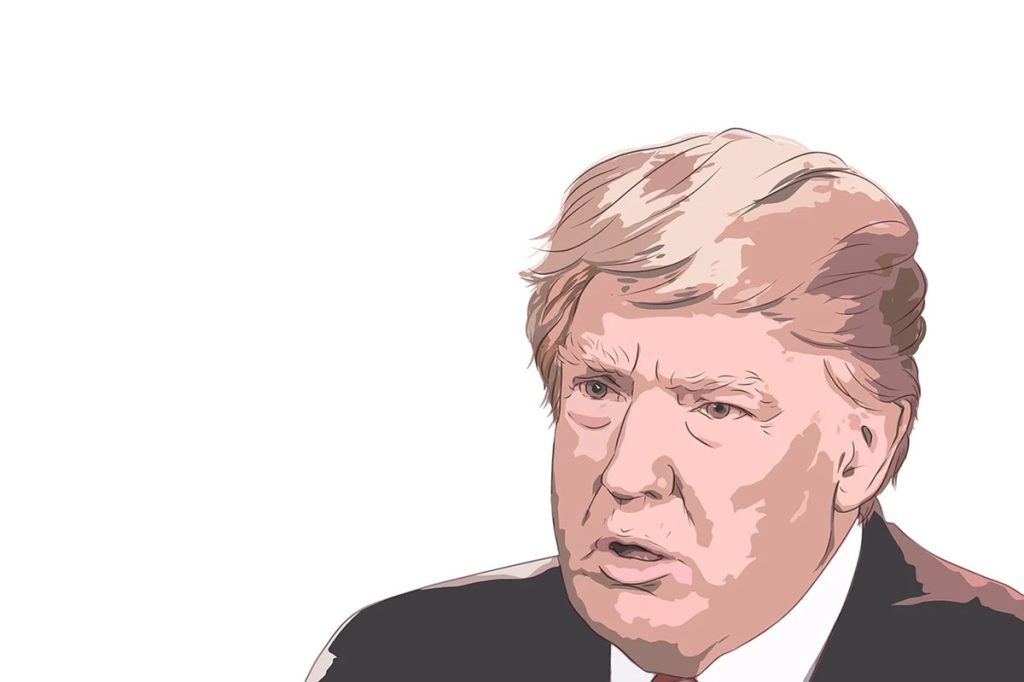As President Trump proposes sweeping new tariffs, the global fashion industry braces for disruption. Manufacturers in Asia, Europe, Latin America, and Africa are preparing for a shift in trade flows that could radically alter the fashion supply chain.
A New Tariff Era for Global Fashion
President Trump’s recent proposal to implement a universal tariff of 10-20% on all imports into the U.S., alongside a sharp 60% levy on Chinese imports, is sending shockwaves across the global fashion industry. These tariffs, on top of threats to impose a 25% tariff on goods from Mexico and Canada, as well as a 100% tariff on imports from BRICS countries, could severely disrupt the global sourcing map that fashion brands have long relied upon.
For fashion companies with significant exposure to U.S. markets, the potential for these new tariffs presents a major challenge. With production heavily concentrated in Asia, Europe, and Latin America, brands must rapidly assess how these changes will impact their supply chains and plan accordingly. The complexity of the global fashion supply chain, where multiple regions are intertwined, means these changes could have far-reaching consequences.
Assessing Vulnerabilities and Diversifying Supply Chains
The first action fashion procurement leaders must take is assessing the vulnerability of their current sourcing networks. This means identifying which regions and suppliers are most exposed to the new tariffs. Procurement teams should carefully evaluate the risks associated with both geography and product category, such as textiles or finished goods, which may be impacted differently by the tariffs. For instance, if your supply chain relies heavily on China, the 60% tariff could have significant cost implications, while proposed tariffs on Mexico could disrupt trade dynamics for brands sourcing from North America.
After identifying risks, diversification becomes key. Fashion companies should aim to reduce reliance on regions heavily exposed to tariffs. Southeast Asia offers alternatives like Vietnam and India, while parts of Latin America and even Africa could also serve as viable alternatives. Nearshoring is another option to consider. By shifting production to countries closer to the U.S., such as Mexico or even Canada, brands can not only reduce the impact of tariffs but also shorten lead times and enhance supply chain resilience.
Strengthening Supplier Relationships for Negotiation Leverage
Building strong relationships with suppliers is essential in this uncertain tariff environment. Fashion procurement leaders must engage with suppliers early to negotiate terms that will help absorb some of the tariff-related costs. This could involve discussions about long-term contracts, price increases, or alternate production locations that could mitigate tariff impacts. These relationships should be built on trust, transparency, and a shared commitment to navigating trade policy changes together.
Moreover, procurement teams should collaborate with suppliers to explore innovation and investment in areas like automation. Co-investing in technology or new production methods can reduce costs and improve efficiency, which can help offset the impact of tariffs. Ensuring that suppliers are prepared to adapt to new tariffs and trade restrictions will help fashion brands stay resilient in the face of uncertainty.
Building Contingency and Risk Management Plans
Given the uncertainty of tariffs and trade disruptions, fashion companies must develop robust contingency plans. These plans should outline steps to take in the event of sudden tariff increases or supply chain disruptions. One area to focus on is inventory management, where companies may consider increasing safety stock levels or adopting a more flexible inventory model to safeguard against sudden changes in lead times or costs.
In addition, fashion companies should evaluate their logistics networks and ensure they are prepared for potential shifts in transportation routes or port selection. For example, if tariffs make certain trade routes less viable, companies will need to quickly pivot to alternative shipping methods or carriers. Diversifying the manufacturing footprint and spreading production across multiple regions will also provide flexibility and reduce dependency on one location.
Strategic Resilience and Agility in a Tariff-Heavy Landscape
The evolving tariff landscape presents a significant challenge for global fashion procurement leaders. However, rather than simply viewing these changes as threats, companies should see them as an opportunity to enhance supply chain resilience and agility.
The key to navigating this turbulent period lies in embracing data-driven decision-making and forging deeper partnerships with suppliers. While diversification and nearshoring are essential strategies to reduce risk, they must be complemented by investments in technology and innovation. Companies that prioritize automation, sustainability, and flexibility in their supply chain operations will not only withstand the pressures of rising tariffs but will emerge stronger in the long run.
In this era of uncertainty, the future of fashion supply chains will be defined by adaptability and forward-thinking procurement strategies. By acting strategically and proactively, fashion brands can navigate this new world of tariffs, ensuring continued growth and success in an increasingly complex global market.








